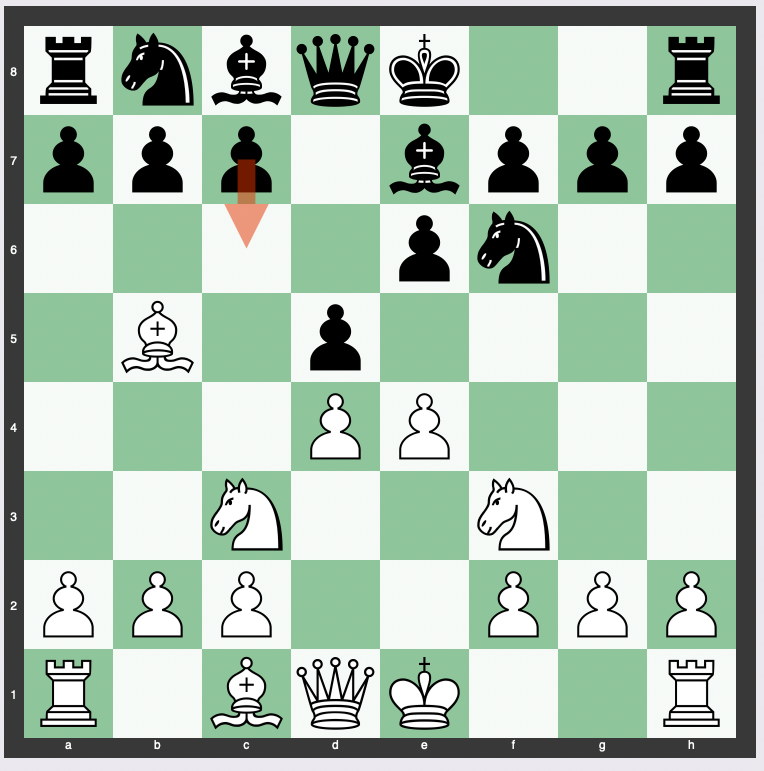Can you put yourself in check in chess?
In chess, it is illegal to make a move that places your own king in check.
If a player inadvertently does so, the move must be retracted and another legal move made in its place.
Below we more deeply examine the rules of chess, analyzing potential scenarios and providing insights into the game.
The Basics of Chess
Before delving into the concept of self-check, it is essential to understand the fundamental rules of chess.
Chess is a two-player game played on a square board divided into 64 squares of alternating colors.
Each player starts with 16 pieces, including a king, a queen, two rooks, two knights, two bishops, and eight pawns.
The objective of the game is to checkmate the opponent’s king, which means putting the king in a position where it is under attack and cannot escape capture.
Players take turns moving their pieces across the board, with each piece having its own unique movement rules.
The game ends when a checkmate occurs, or it can result in a draw if certain conditions are met.
Understanding Check
In chess, when a player’s king is under attack by an opponent’s piece, it is said to be in check.
The player must then make a move to remove the king from the line of attack or block the attack by placing another piece in between.
Failure to do so results in checkmate, leading to the end of the game.
However, it is important to note that not all moves that put the king under attack are considered checks.
For example, if a player moves a piece that exposes their own king to attack, it is not considered a check. This brings us to the concept of self-check.
Self-Check: Is It Possible?
Self-check refers to a situation where a player’s move puts their own king in check.
In other words, the player unintentionally places their own king in a vulnerable position.
This is not a legal move.
Let’s explore some scenarios where self-check can occur:
1. Moving the King into Check
One way to put yourself in check is by moving your own king into a position where it is under attack.
This can happen when a player makes an ill-advised move, failing to consider the consequences.
For example, if a player moves their king into a square that is attacked by an opponent’s piece, they would be putting themselves in check.
2. Moving a Pinned Piece
In chess, a pinned piece is one that cannot move without exposing a more valuable piece behind it.
If a player moves a pinned piece, it can result in self-check.
For instance, if a bishop is pinned to the king by an opponent’s rook, moving the bishop would expose the king to check.
3. Unintentional Opening of Lines of Attack
Another way to put yourself in check is by unintentionally opening lines of attack for the opponent’s pieces.
This can occur when a player moves a piece that was previously blocking an attack on their own king.
By moving the blocking piece, the player exposes their king to check.
Consequences of Self-Check
Putting yourself in check is not legal in chess.
If a player places their own king in check, they must immediately rectify the situation by moving the king out of harm’s way or blocking the attack.
It is important to exercise caution and consider all possible moves before making a decision.
Analyzing the potential consequences of each move can help avoid self-check and maintain a strong position on the board.
FAQs – Can You Put Yourself in Check in Chess?
1. Can you intentionally put yourself in check in chess?
No, intentionally putting yourself in check is against the rules of chess. The objective of the game is to checkmate the opponent’s king, not to put your own king in danger.
2. What happens if you put yourself in check?
If you put yourself in check, you must immediately rectify the situation by moving the king out of harm’s way or blocking the attack.
Failure to do so results in checkmate, leading to the loss of the game.
3. Can you win by putting yourself in checkmate?
No, putting yourself in checkmate results in the loss of the game.
The objective is to checkmate the opponent’s king, not your own.
4. Is self-check a common occurrence in chess?
No, self-check is not a common occurrence in chess. It typically happens due to oversight or a miscalculated move.
5. Is self-check considered a blunder in chess?
No, it’s self-check is an illegal move, not a blunder.
Summary – Can You Put Yourself in Check in Chess?
Moving the king into check, moving a pinned piece, and unintentionally opening lines of attack are some scenarios where self-check can occur.
However, self-check is not a legal move.
Therefore, it is essential to carefully analyze each move and consider the potential risks before making a decision in a game of chess.


